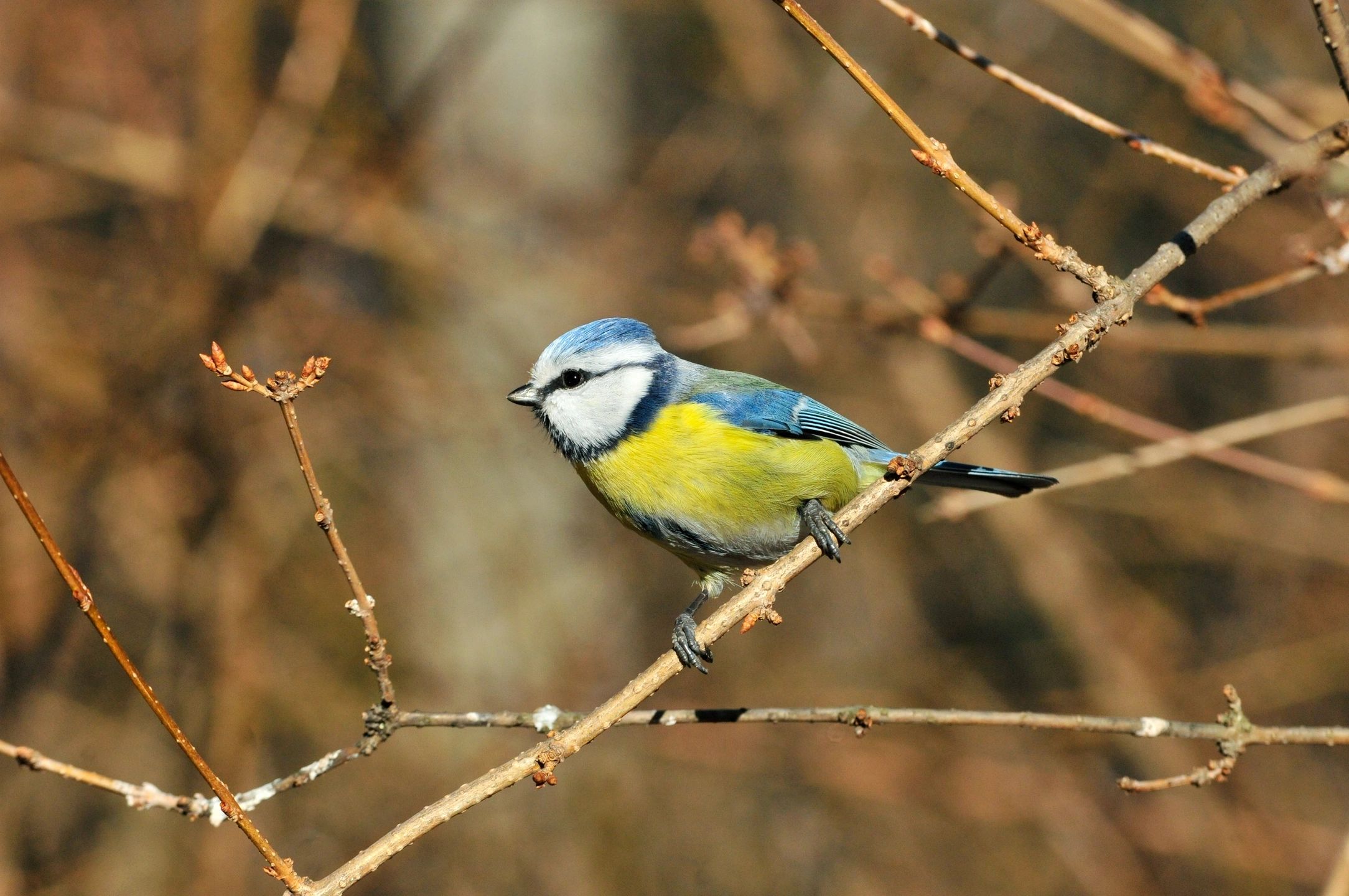The Annual Great Backyard Bird Count (Feb. 17-20) is a great way for people – especially families and kids – to engage with the outdoors right in their own backyard, and everyone can participate.
“Mulligan the TurfMutt and I sit outside in our backyard and watch birds for hours,” says Kris Kiser, president and CEO of the TurfMutt Foundation. “It’s a great way to appreciate our backyards and their connection to the rest of the natural world. After all, nature starts at our own back doors.”
How The Great Backyard Bird Count works:
• Watch the birds in your backyard, on a walk through your neighborhood or at a community park.
• Submit the different types of birds you counted here.
• Researchers will use the data to create a snapshot of bird populations around the globe and better track migrations and population changes. This will result in a better understanding of bird and what we can do to help conserve them.
Besides being beautiful, many birds, such as hummingbirds, assist in the pollination process, which helps crops and other plants to grow and thrive. Unfortunately, according to a report released by Intergovernmental Science-Policy Platform on Biodiversity and Ecosystem Services (IPBES), more pollinating insects, birds, and other animals are going extinct today than ever before.
“What we plant in our own backyards, community parks and community green space can have an impact on these important pollinators,” says Kiser. “Remember, know your climate zone and which grasses, shrubs, trees and flowering plants will thrive in your area.”
Here are just a few things you can do in your backyard to support pollinators, like birds, bees and butterflies:
• Select native species. Choose plants that are native to your area and will bloom at different times of the year. Use the Ecoregional Pollinator Planting Guides to select plants that benefit pollinators in your microclimate.
• Choose a variety of plants. To lure a variety of pollinators to your yard, plant a variety of flowers in different shapes, colors, and sizes. Pro tip: pollinators are better able to find the flowers if you plant them in clumps rather than individually.
• Leave the leaves. Leaves and other plant materials in your yard offer shelter for pollinators, especially in the winter. Dried flowers from many summer and fall flowers provide food and habitat to insects, birds and wildlife.
• Create a hydration station. Place a shallow dish of water in your backyard or deck, and add some rocks or marbles to the water dish to give pollinators a place to perch while they hydrate.
For more on how to create a yard that supports your family’s lifestyle, as well as pollinators, go to TurfMutt.com. Sign up for Mutt Mail, a monthly e-newsletter with backyarding tips and all the news from The TurfMutt Foundation here. Look for Mulligan the TurfMutt on the CBS Lucky Dog television show.
Visit www.birdcount.org to learn more.



